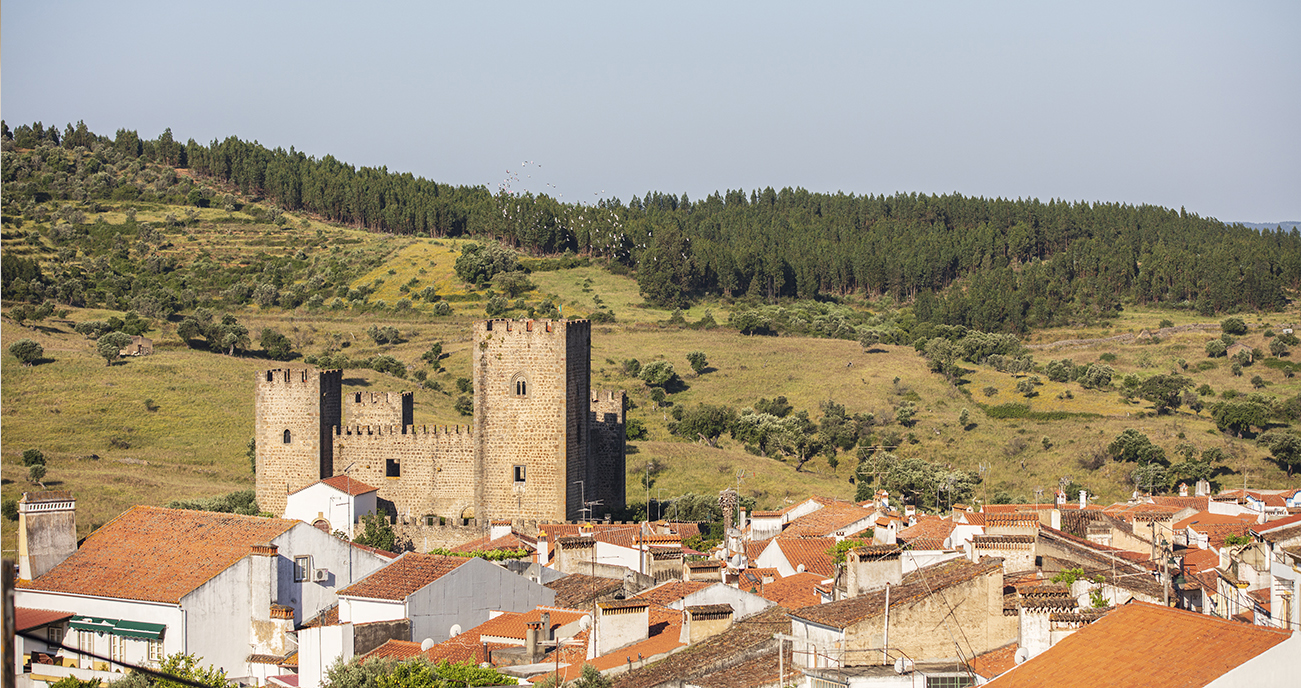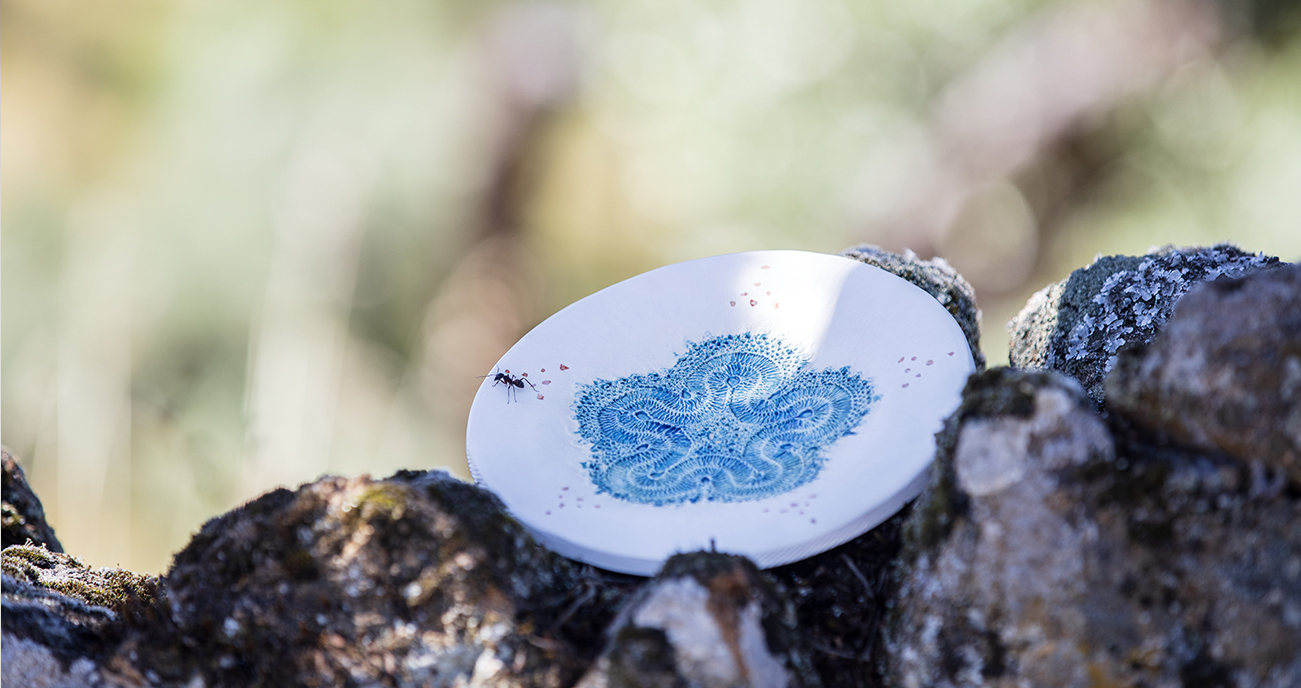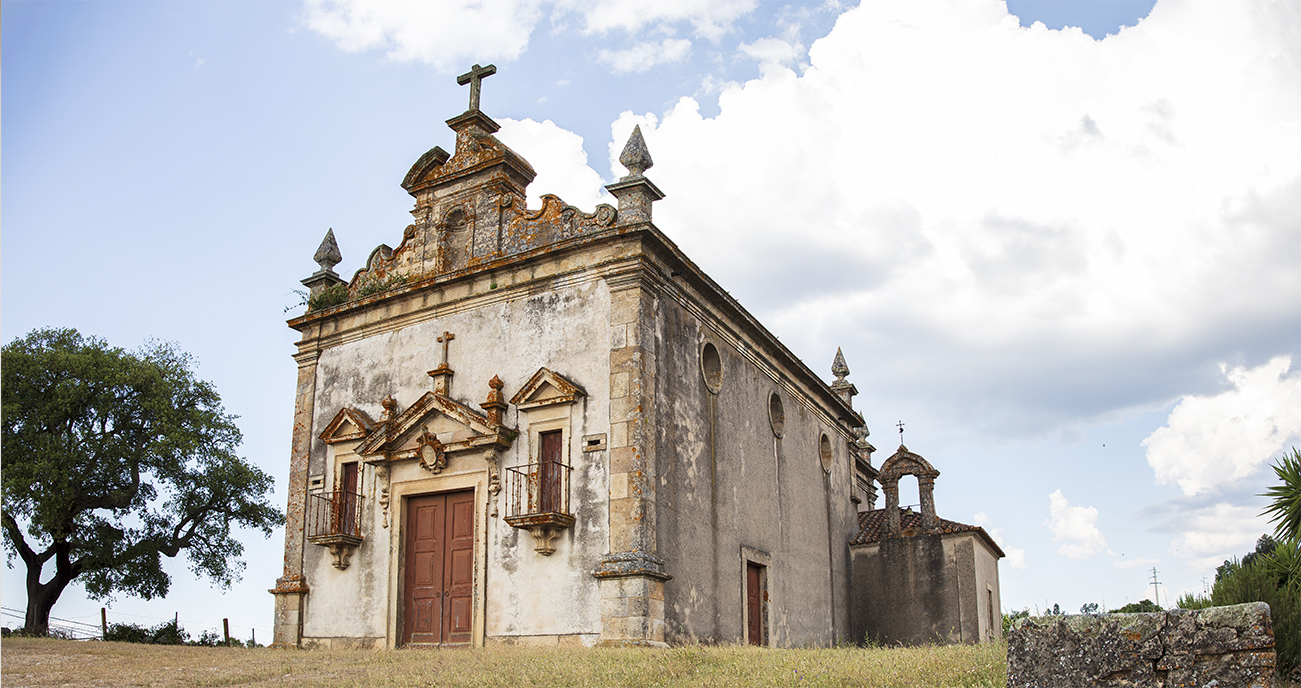
HERDADE das JANS
It is in the lands of the Northern Alentejo region, in Barca d'Amieira, that is located the “Herdade das Jans” on the shores of an unknown River Tejo, very different from the river we see flowing into the wide estuary that bathes Lisbon’s shoreline.
The beauty of the landscape and the quality of its heritage
The Alentejo is situated in the south of Portugal, between the River Tagus (Tejo) and the Algarve, being . To the west it is bathed by the Atlantic Ocean. It is an extensive region, essentially rural and thinly populated, occupying a third of the whole of continental Portugal.
The beauty of its landscapes and the quality of its archaeological, monumental, architectural and ethnographic heritage and the excellence of its gastronomy and wines, provide it with exceptional legacies to be discovered through nature and cultural tourism.
The beauty of its landscapes and the quality of its archaeological, monumental, architectural and ethnographic heritage and the excellence of its gastronomy and wines, provide it with exceptional legacies to be discovered through nature and cultural tourism.

The Alentejo it’s an open space that appears to have no end
The Alentejo it’s an open space that appears to have no end. It is colours and smells that burst from the earth. It is the unmistakeable outline of rural architecture, present in the “montes” (farm complexes) of the great estates, in the oldest rows of houses in the cities, towns and villages or in the chapels, which paint with white the tops of hills. Alentejo is simplicity, authenticity, nature, tranquility, days without hours and nights without end, the warm breeze that strokes our skin and the golden light that covers the field at the end of the day.

Living time, the most precious of our possessions.
But the rural quality of the Alentejo of the 21st century is not exhausted in simply “country matters”. Through the not always positive changing fortunes of its history, this Region has preserved what today confers on it a value full of future promise: the smallness and environmental quality of its urban centres, the human scale, the silence, the peacefulness, the freedom, the freshness of the air we breathe. And time. A way that is so peculiar of understanding time, making us feel under our skins that, finally, it is possible to live time in this dizzying world, allowing it to be exactly what it is: the most precious of our possessions.

All this wealth of history can be experienced at Herdade das Jans
The vaillage of Amieira do Tejo, whose settlement seems to date back to ancient times well before the actual foundation of our nationality, is agglomerated around the Castle. This fortification, a well preserved example of fourteenth century military architecture, with a quadrangular floor plan, whose construction was completed towards the end of 1359 by D. Álvaro Gonçalves Pereira, prior of the Order of Malta and father of the great Constable D. Nuno Álvares Pereira, is a national monument, considered one of the finest illustrations of the “gothic castle”.
Next to one of the towers, inside the Chapel of Saint John the Baptist, erected in the 16th century (1566) is a dome with its coffered ceiling entirely embellished with sgraffito, a decorative technique rather unusual in such large dimensions.
Another emblematic monument is the Calvary Chapel inaugurated in 1740, situated on a small eminence at the entrance to the village. Its main facade has paired corners and decorative elements in granite, with the main door being surmounted by a pediment with corbels, spires and cross.
Downstream of Fratel dam are the visible remnants of the Muros de Sirga, towing walls that in times gone by were essential for navigating up to Ródão. The name refers to the thick sisal cable used to tow the boats from the bank. In this zone, it is possible to walk along the three kilometres that extend from Barca da Amieira to Fratel Dam, always parallel to the river, along a superb example of these traditional constructions, contemplating the beauty of the surrounding scenery.
Next to one of the towers, inside the Chapel of Saint John the Baptist, erected in the 16th century (1566) is a dome with its coffered ceiling entirely embellished with sgraffito, a decorative technique rather unusual in such large dimensions.
Another emblematic monument is the Calvary Chapel inaugurated in 1740, situated on a small eminence at the entrance to the village. Its main facade has paired corners and decorative elements in granite, with the main door being surmounted by a pediment with corbels, spires and cross.
Downstream of Fratel dam are the visible remnants of the Muros de Sirga, towing walls that in times gone by were essential for navigating up to Ródão. The name refers to the thick sisal cable used to tow the boats from the bank. In this zone, it is possible to walk along the three kilometres that extend from Barca da Amieira to Fratel Dam, always parallel to the river, along a superb example of these traditional constructions, contemplating the beauty of the surrounding scenery.

